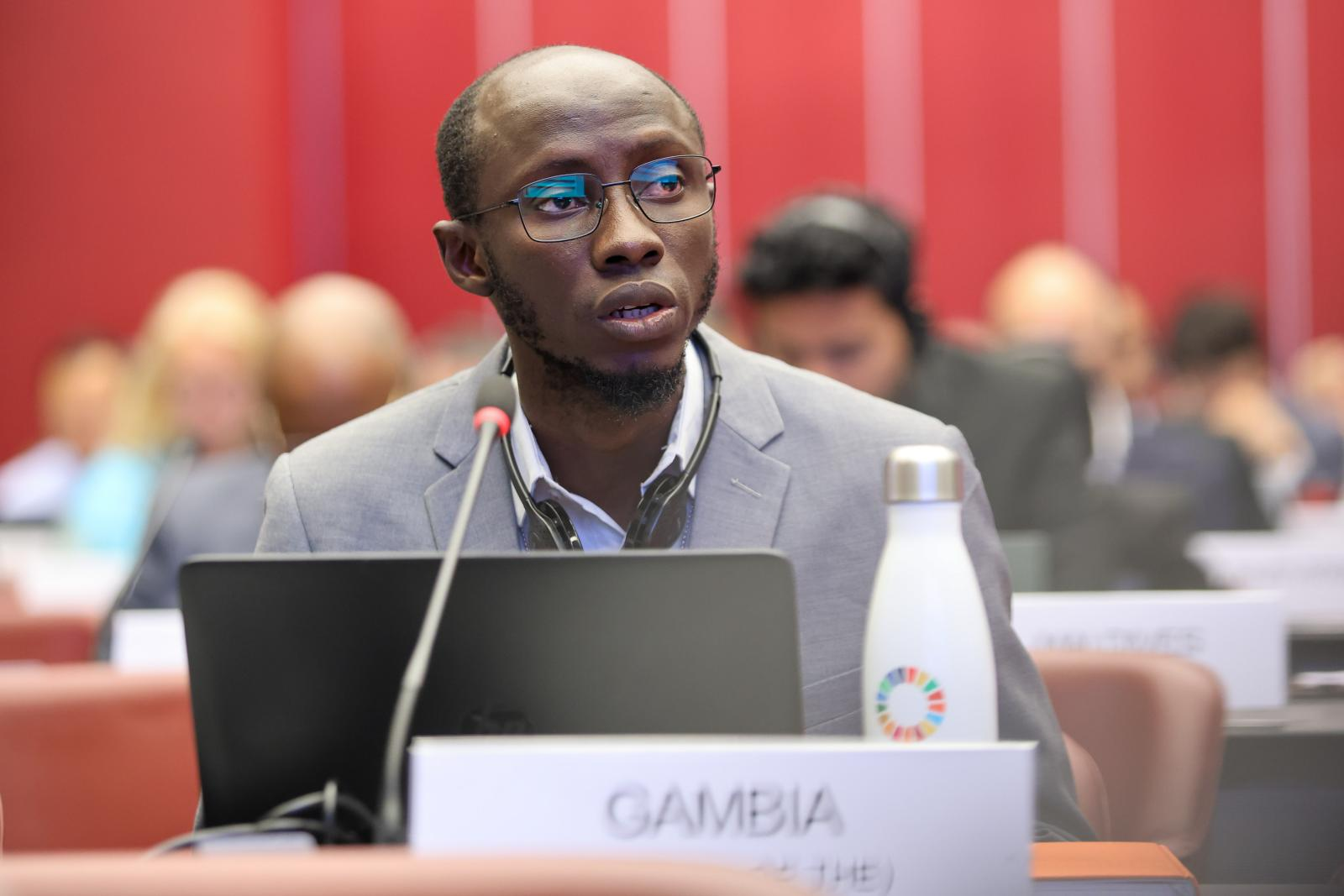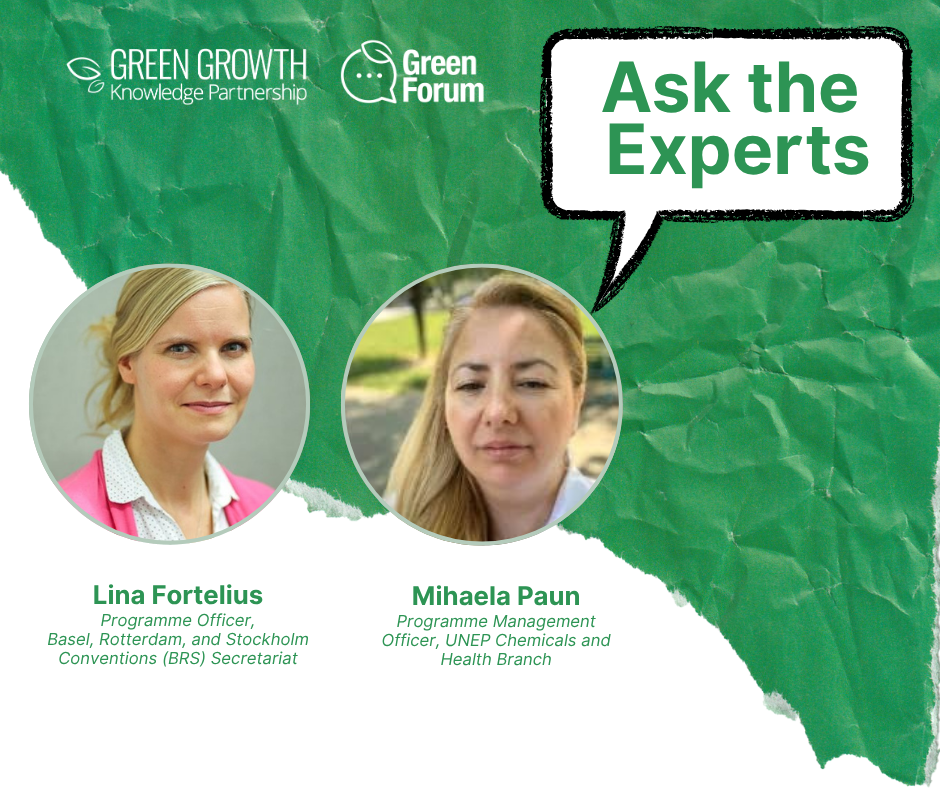This blog post is based on the remarks of Dr. Ramesh Kumar on the Global Green Growth Knowledge Partnership (GGKP) roundtable “National Implementation Plans: Research needs and opportunities in Asia” held on 17 June 2025.
Persistent Organic Pollutants (POPs) pose a complex challenge for developing countries, with India facing the dual pressures of industrial growth and environmental protection. India’s approach to updating its National Implementation Plan (NIP) under the Stockholm Convention provides a window into the evolving landscape of POPs management and research in Asia. This post explores the institutional framework, inventory process, sectoral monitoring, ongoing research, and the persistent obstacles of India.
NEERI as the Stockholm Convention Regional Centre for Asia
The CSIR-National Environmental Engineering Research Institute (NEERI) was established in 1958 and has grown into a multidisciplinary environmental science and technology institution. It was endorsed as the Stockholm Convention Regional Centre (SCRC) for Asia by COP 5 in 2011 and now employs 150 scientists out of a total staff of 250. NEERI’s scope covers air quality, water and wastewater, hazardous waste, environmental impact assessment, and environmental technology, with the SCRC operating under the hazardous waste management division. The institute collaborates with international organisations as a key partner of various international projects.
POPs in the Stockholm Convention and India’s NIP Update
As of 2025, the Stockholm Convention lists 37 POPs, including pesticides, industrial chemicals (such as flame retardants, chlorinated paraffins, and UV stabilisers), and unintentionally produced by-products. Many developing countries are major manufacturers and users of industrial POPs, which are found in everyday products like plastics, textiles, construction materials, and electronics. Developing inventories for these industrial POPs is a major challenge due to the need to quantify their use in various sectors and estimate their patterns of use.
India first submitted its NIP in 2011, covering 12 POPs. With the list now expanded to 37, India is updating its NIP through a GEF-funded project that began in 2023. The update follows a three-tier methodology:
- Tier 1: Initial assessment, based on publicly available data and identification of key stakeholders for each POP and sector.
- Tier II: Main inventory, which involves data collection from major industrial sectors via interviews and questionnaires. Poor response rates and quality of answers to questionnaires from key stakeholders often hinder this stage.
- Tier III: In-depth inventory, involving sampling and analysis. Most developing countries have limited capacity for this due to a lack of instrumentation and technical expertise.
Data Requirements and Sectoral Focus
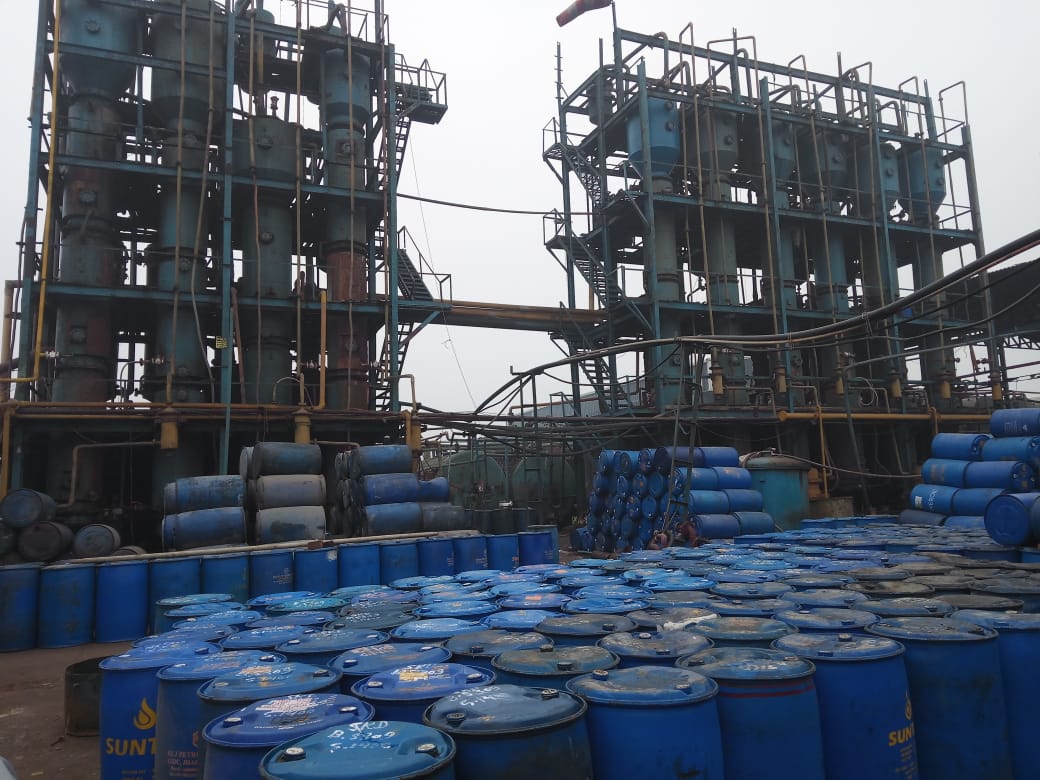
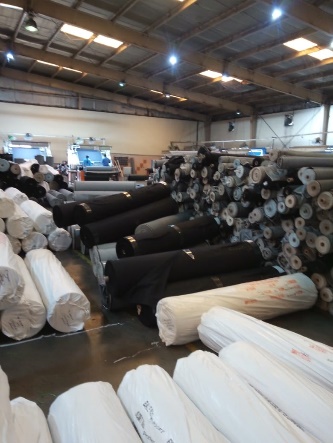
A robust NIP requires not only the details of production, import/export, use, and stockpiles, but also concentrations in environmental compartments, products, and waste. Sector-wise inventories are crucial, covering agriculture, construction, automotive, textiles, plastics, electronics, waste incineration, rubber, paint, and leather. The NIP must also address contaminated site assessment, human health implications, alternatives assessment, emission reduction plans, socioeconomic impacts, synergies with other conventions (Basel, Rotterdam, Minamata, SAICM), integration with national development policies and SDGs, and prioritised action plans for POP management.
Industrial POPs: Mapping the Risks, Sector by Sector
As part of India’s commitment to sound management of POPs, the country has taken a bold, sector-specific approach to inventory development, data collection, and monitoring. This targeted strategy focuses on key industrial sectors that are either producers or potential emitters of industrial POPs. At the heart of the effort is the chlorinated paraffins (CPs) industry—one of the largest of its kind in India. A total of 30 CP manufacturing facilities were surveyed to establish a baseline inventory, offering critical insights into production volumes and waste generation.
To assess unintentional POPs, particularly dioxins and furans, the pulp and paper sector was investigated, with around 10 mills surveyed across the country. In the automobile sector, 15 registered vehicle scrapping facilities (RVSFs) were included, addressing potential releases from end-of-life vehicles. In the textile sector, 7 industries were studied for POPs used in dyes, coatings, and treatment processes. The construction and demolition sector was also a key focus, with 15 facilities visited—particularly those working with materials like polystyrene, polyurethane foam (PUR), PVC, adhesives, and sealants. POPs in Waste Electrical and Electronic Equipment (WEEE) were mapped through surveys of 85 recycling units, providing critical data on the use and release of brominated flame retardants and other POPs.
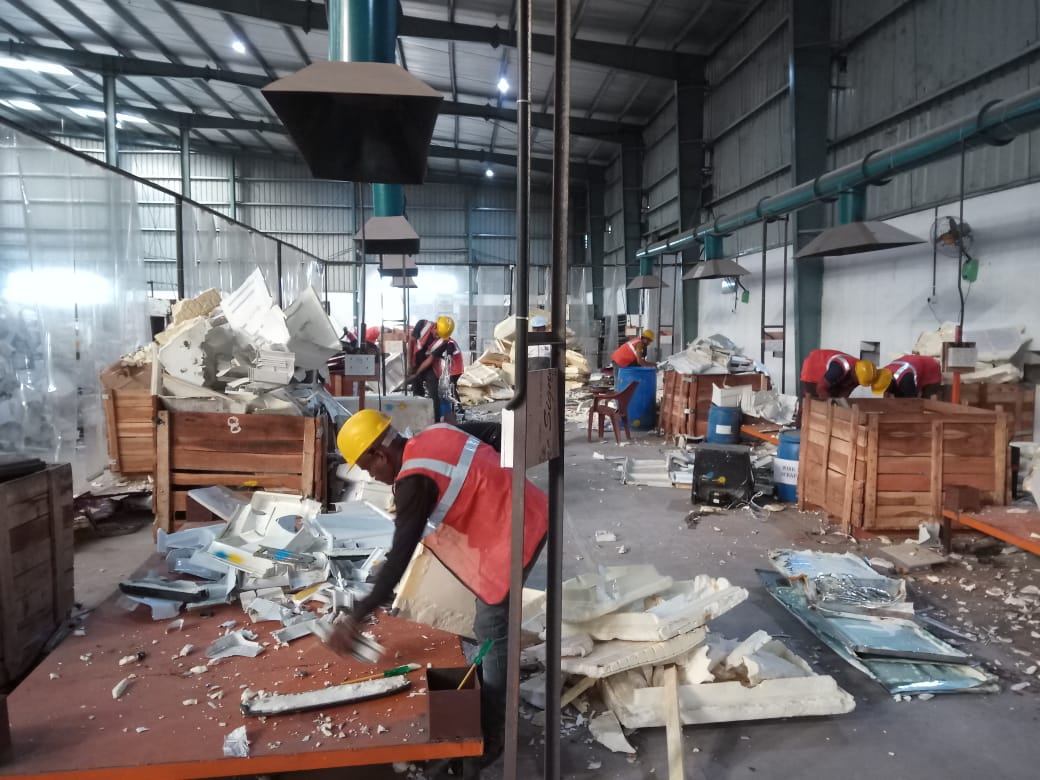
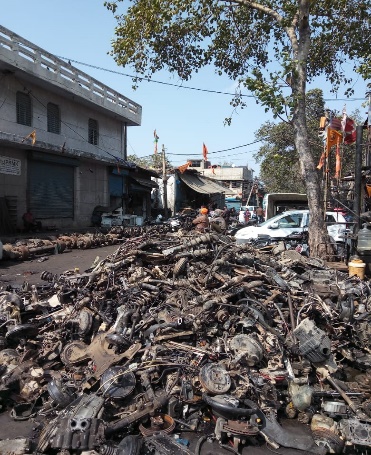
Navigating Challenges: Striking a Balance in POPs Management
India’s efforts to manage industrial POPs face a number of persistent challenges. Limited national capacity and low stakeholder awareness continue to hinder progress, while participation in consultations remains uneven. Data sharing is often restricted, with ministries and industries reluctant to disclose information on chemical production, imports, and exports. Competing priorities further complicate the path forward.
“An important challenge in developing countries is competing interests among the stakeholders. This is one of the major challenges particularly in developing countries—if environmental protection should come first, or the promotion of industry, manufacturing or economy.”
Industries working with textiles, plastics, electronics, and consumer goods are often cautious about acknowledging POPs in their products, and the absence of local studies linking chemical exposure to health outcomes limits evidence-based advocacy. In a shifting policy environment, sustaining long-term action will require trust, transparency, and a shared vision for protecting both people and the planet.
Laboratory Capacity and Ongoing Research
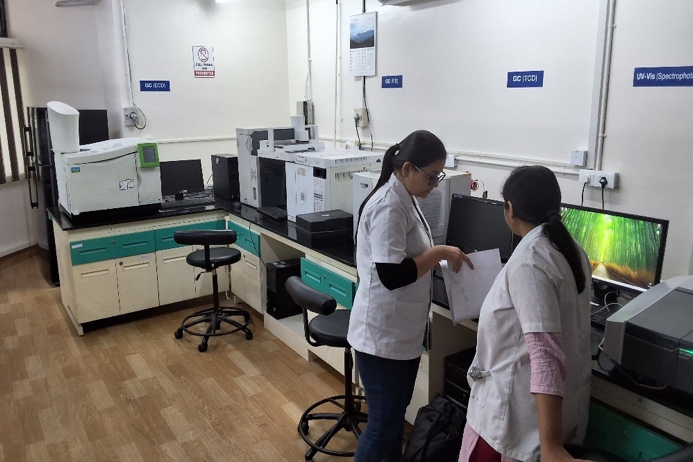
As a SCRC, NEERI has developed significant laboratory capacity for POPs monitoring, with advanced instruments for extraction, cleanup, gas chromatography-mass spectrometry (GC-MS/MS), and high-resolution mass spectrometry (GC-HRMS). PhD scholars in NEERI are working in different POPs-related products, including soil remediation of polychlorinated biphenyls (PCB)-contaminated sites, environmental fate and risk assessment of emerging POPs, and atmospheric monitoring of dioxins and furans. Some researchers are engaged in microplastics, polyaromatic hydrocarbons and other contaminants in road dust, others in industrial waste stabilisation and disposal particularly on chromium and mercury, or daily intake of phthalates in humans and health risk assessment. Recent projects also address non-essential additives in single-use plastics, halogenated flame retardants in automobile parts, POPs in ship-breaking yards, background POPs levels in ambient air, and UV stabilisers in sportswear.
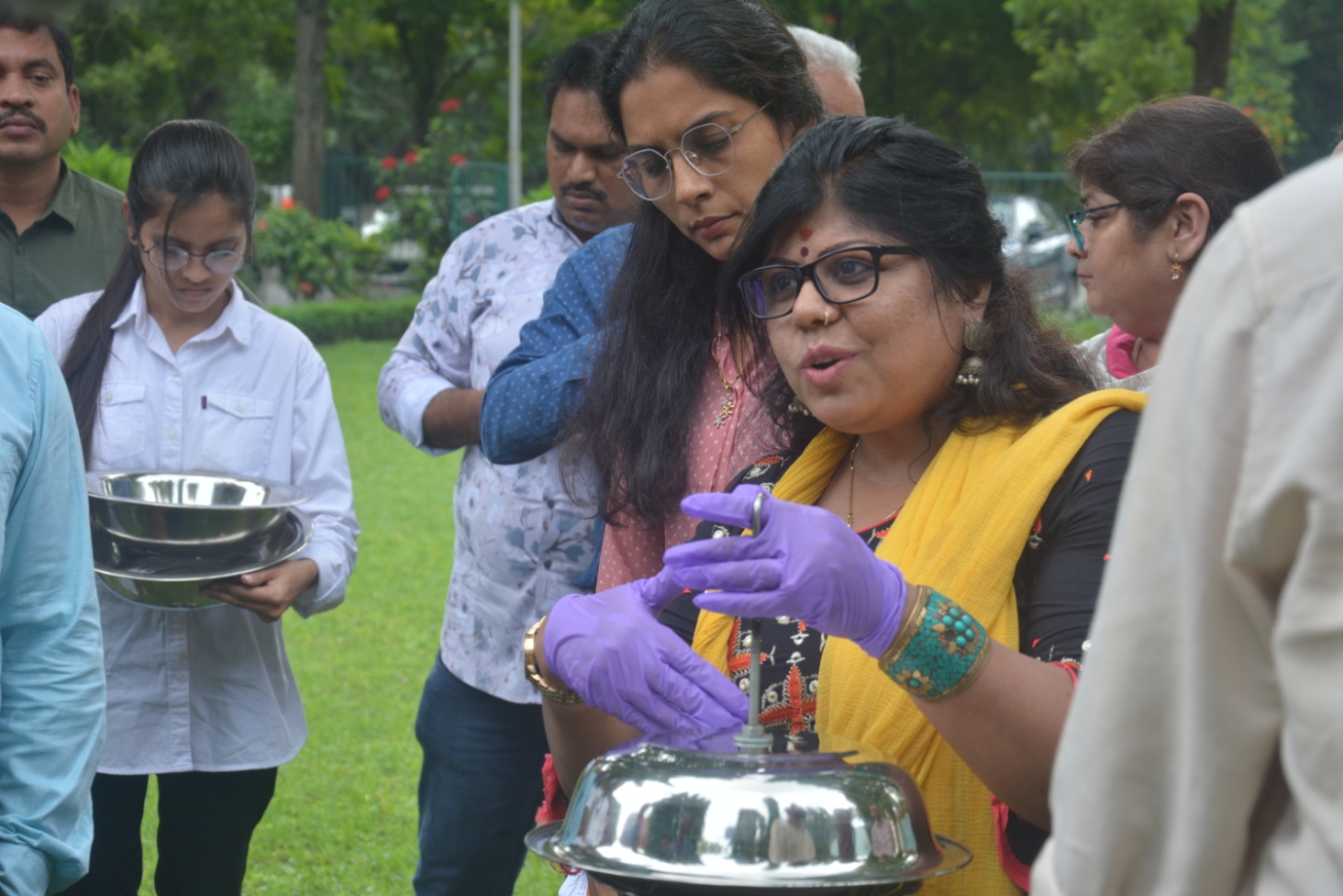
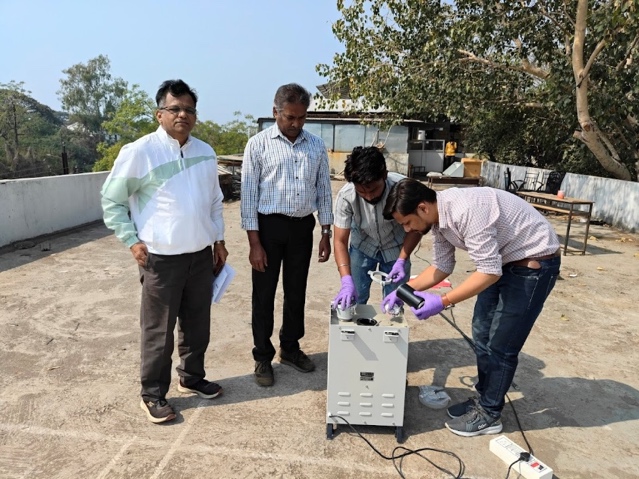
Recent Publications and Collaboration
Recent publications from NEERI cover topics such as volatile methylsiloxanes in personal care products, non-essential plastic additives, urban soil contamination, atmospheric microplastics, and a comprehensive review of PCBs in India. NEERI has good capacity for POPS monitoring in environmental samples as well as products and invites collaboration from other countries in the Asia region and offers its laboratory as a resource for POPs research and monitoring.
India’s ongoing NIP update reflects both progress and persistent challenges in managing POPs. While capacity and data gaps remain, NEERI’s work is advancing the country’s ability to monitor, assess, and manage POPs, supporting both national goals and regional collaboration under the Stockholm Convention.
This blog post was developed drawing on insights from the GGKP roundtable “National Implementation Plans: Research needs and opportunities in Asia” held on 17 June 2025. As part of the Global NIP Update project (GEF ID 10785), funded by the GEF and led by UNEP, this roundtable brought together researchers and experts engaged in reviewing and updating NIPs under the Stockholm Convention to foster peer learning on the development of POPs inventories.
To learn more about the Global NIP Update project, visit Global NIP Update | Green Policy Platform
For a deeper dive into the GGKP regional roundtable focused on Asia, you can access the full recordings and materials here: https://www.greenpolicyplatform.org/webinar/national-implementation-plans-research-needs-and-opportunities-asia
Authors:
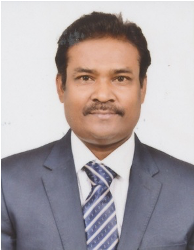 |
Dr. Ramesh Kumar, Principal Scientist, National Environmental Engineering Research Institute (NEERI), India
|
 |
Ms. Soomin Bae, Knowledge Management Support Consultant (GGKP, GGGI)
|
